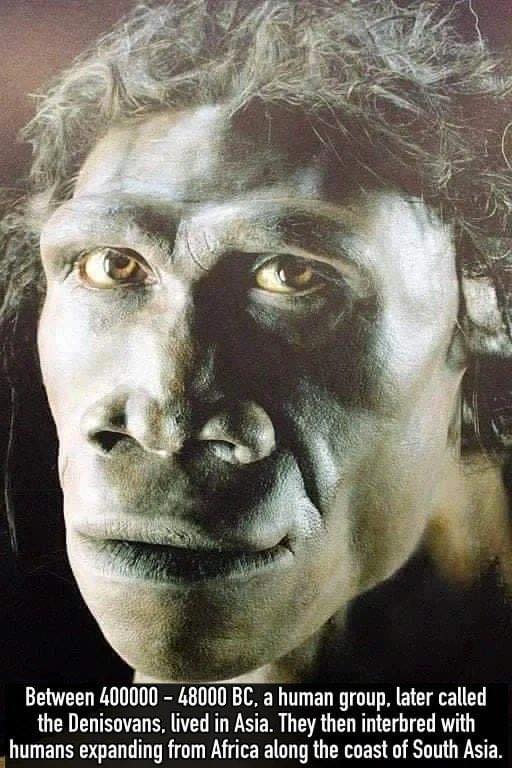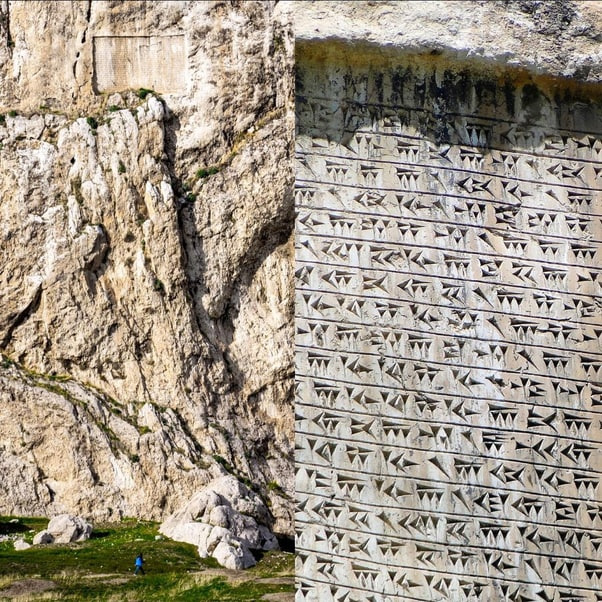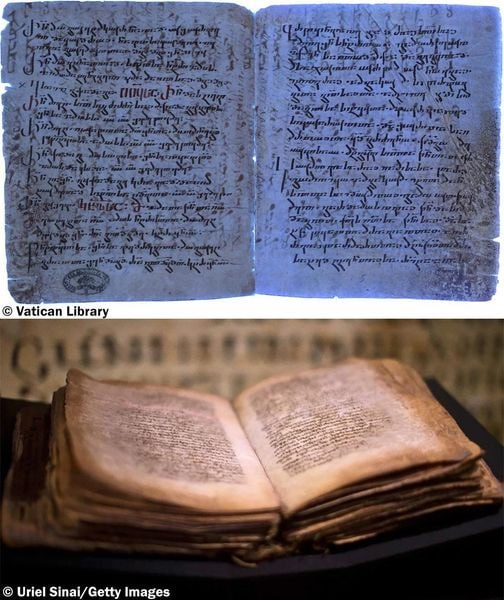The dusty plains stretch out under the relentless sun, each grain of sand potentially hiding secrets from a bygone era. It's a vast canvas of history that demands patience, knowledge, and a deep respect for the past. This is the world of dinosaur excavation, where each brush stroke against the earth could reveal a story millions of years old.
The First Clue: Discovery
It often starts with a fragment, a bone sticking out of the earth or a peculiar shape noticed by a keen-eyed observer. These discoveries are usually accidental, made by hikers, farmers, or construction workers. Scientists, once notified, rush to the site with a blend of excitement and skepticism, knowing that each discovery has the potential to rewrite chapters of our planet's history.
The Delicate Dance: Excavation
The process of excavating dinosaur skeletons is a meticulous one. The tools are simple: brushes, dental picks, and sometimes small jackhammers. But the real tool is the patience of the paleontologists as they slowly uncover the remains. Each bone must be carefully freed from its earthen tomb without damage, a process that can take many painstaking hours.
In the field, paleontologists work under difficult conditions. The heat can be suffocating, the dust choking. Yet, they press on, driven by the potential of unearthing a new species or finding a key piece of evidence that could explain how these magnificent creatures lived, or why they died out.
The Puzzle: Reconstruction
As bones are uncovered, the next challenge is to identify and piece them together. This can be akin to solving a complex, three-dimensional jigsaw puzzle without a picture guide. The paleontologists rely on their extensive knowledge of anatomy and the subtle clues left in the earth to reconstruct these prehistoric beasts.
The reconstruction process continues in the laboratory, where each bone is cleaned, preserved, and studied in detail. This is where the true form of the dinosaur emerges from the fragments. The skeleton is carefully assembled, sometimes with the aid of modern technology such as 3D scanning and printing, to fill in the gaps where bones are missing.
The Revelation: Study and Understanding
Once the skeletons are reconstructed, they serve as primary sources for scientific study. Through them, we glean insights into the lives of dinosaurs: their diets, their growth patterns, and their behaviors. We learn about their environment, their predators, and their prey. Each skeleton is a chapter in the story of life on Earth, and with each new discovery, the narrative becomes richer.
The Impact: Beyond Science
The excavation and study of dinosaur skeletons do not just advance our scientific understanding. They capture the public imagination, inspiring awe and curiosity across generations. Museums displaying these ancient titans bring science to life, making distant pasts accessible and engaging. They remind us of the fragility of life and the relentless march of time.
The Eternal Quest: What Lies Beneath
For paleontologists, the next discovery is always just beneath their feet, waiting to be found. Each find is a reminder of our planet's dynamic history and our place within it. The excavation of dinosaur skeletons is not just a scientific endeavor; it's a journey into the heart of mystery, a testament to the human spirit's insatiable quest for knowledge.
In this world, the past is always present, and every uncovered bone is a story waiting to be told. The mysteries of these prehistoric giants continue to unfold beneath the watchful eyes of those dedicated few who listen to the whispers of the old bones and the secrets they hold.









